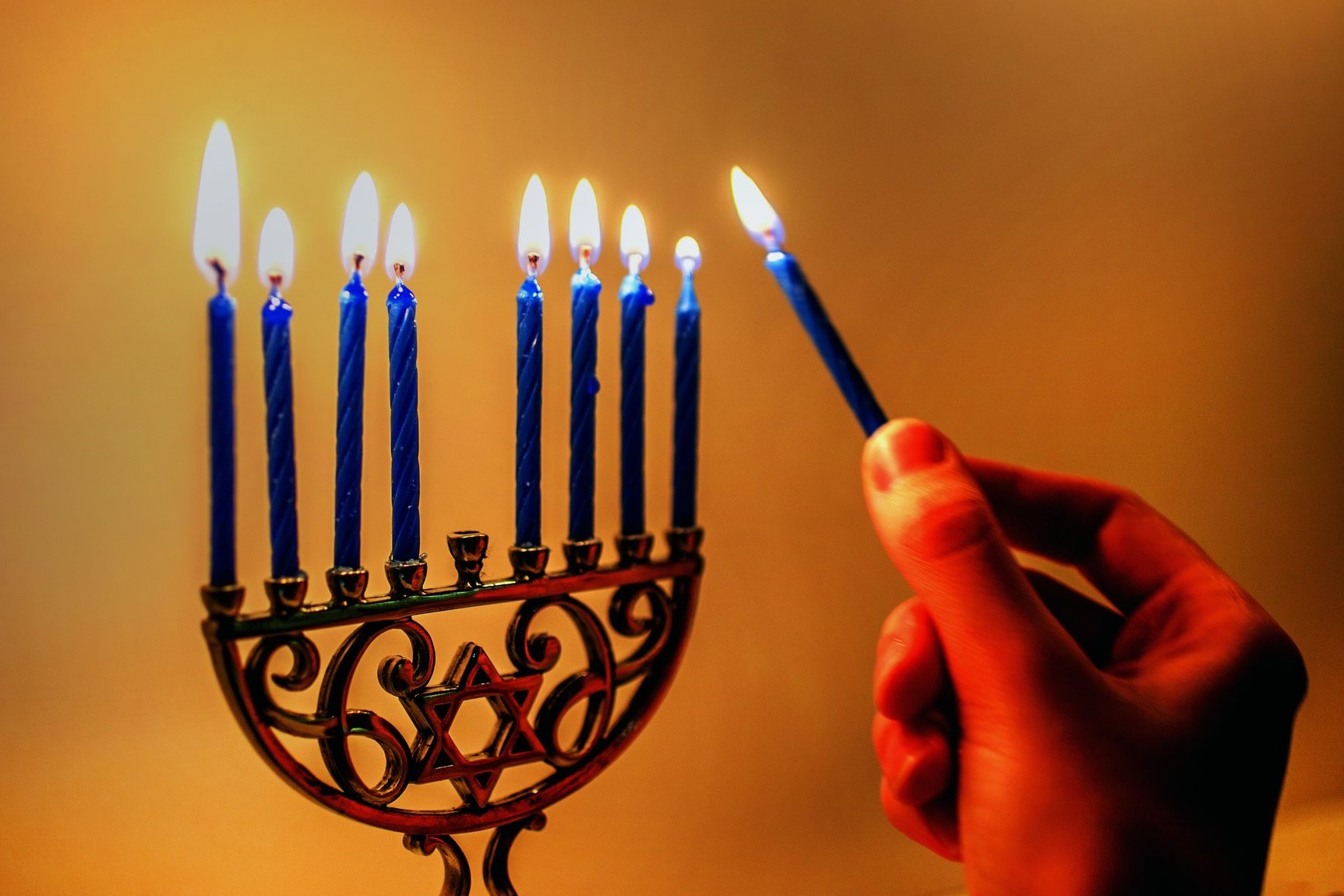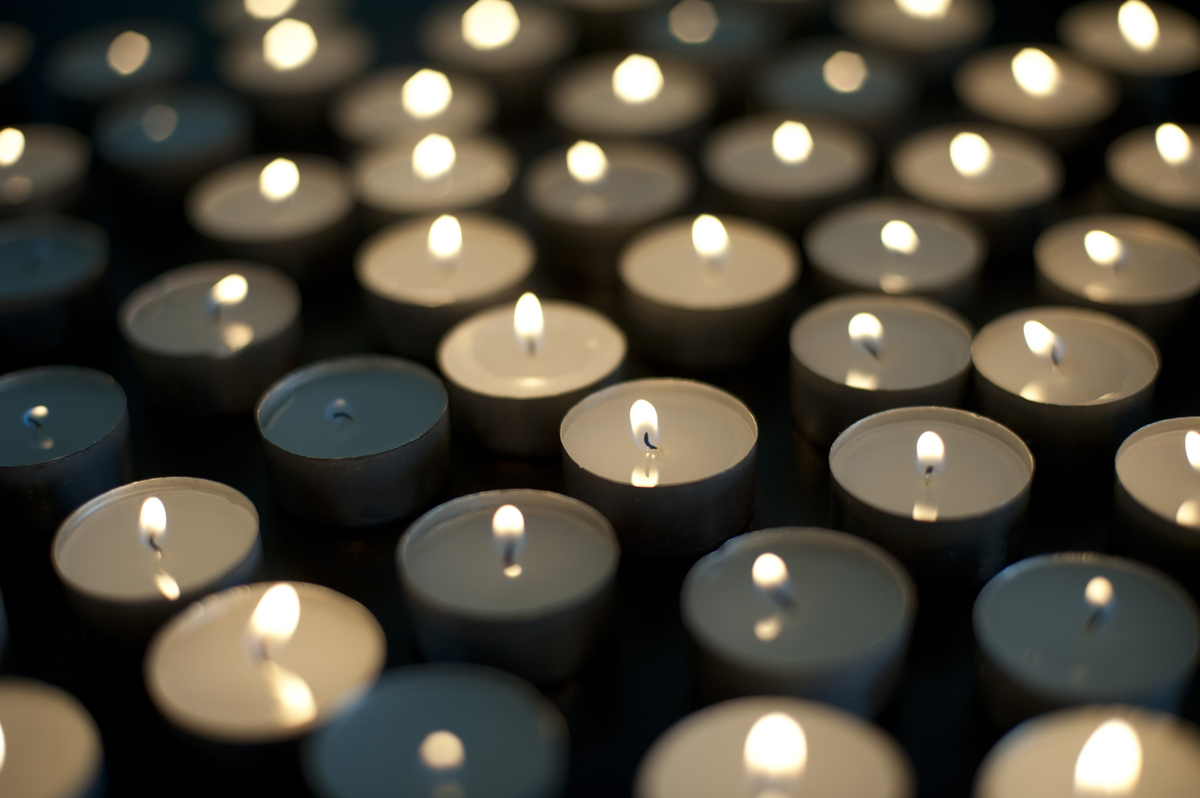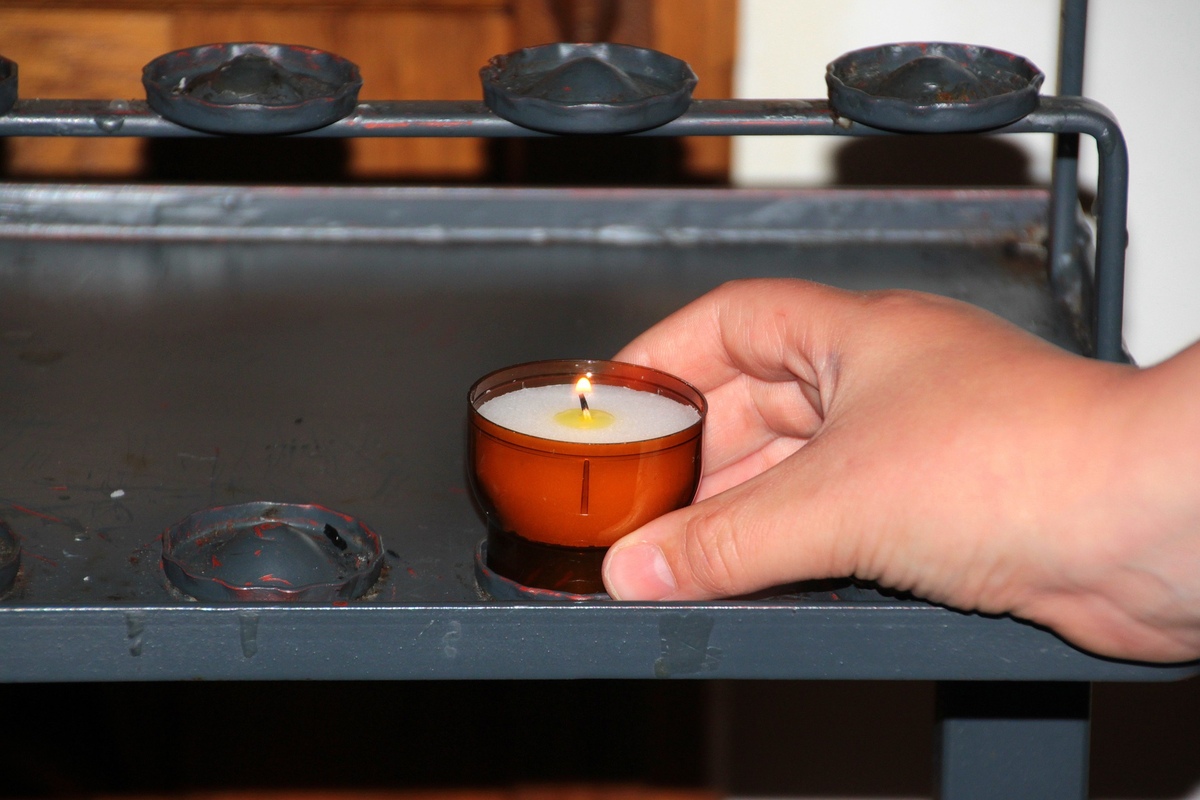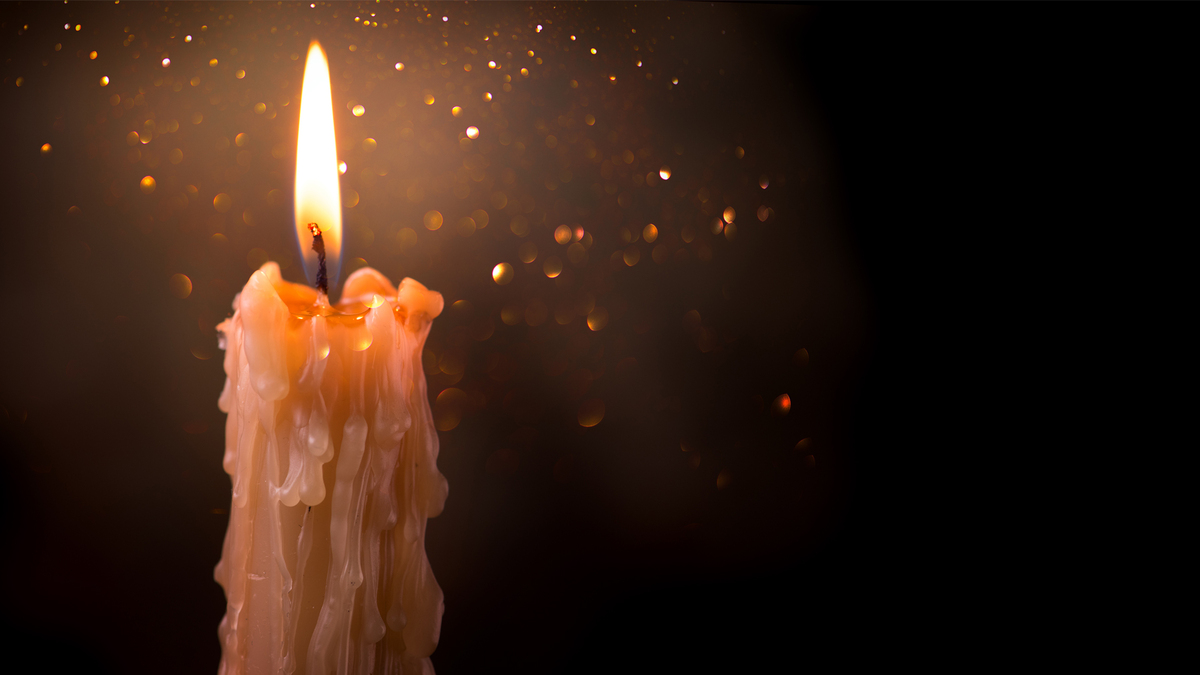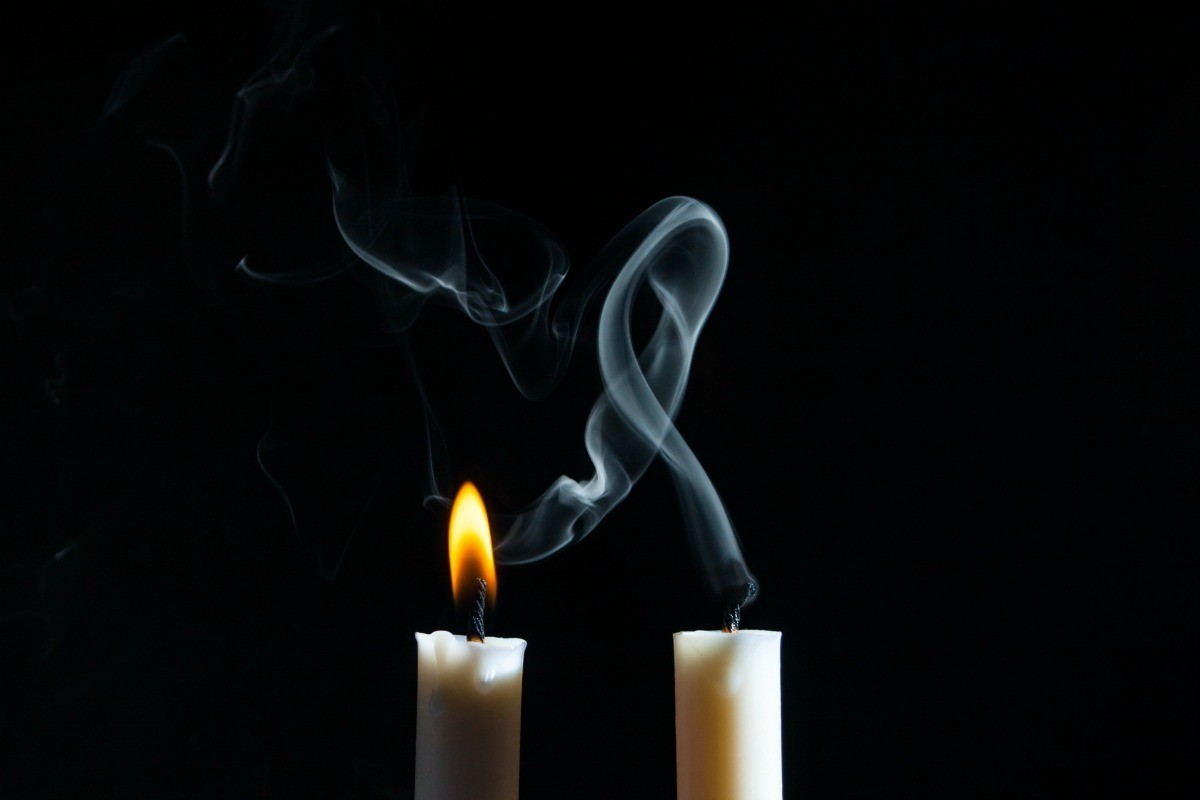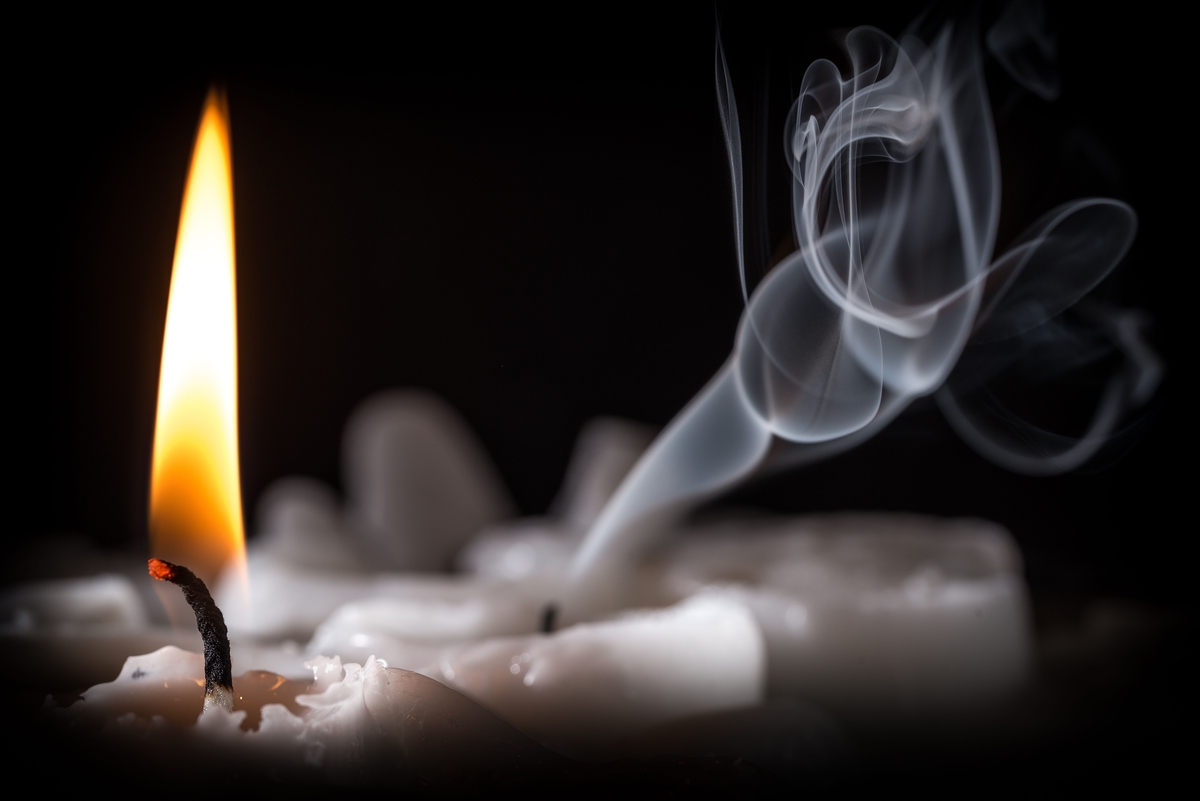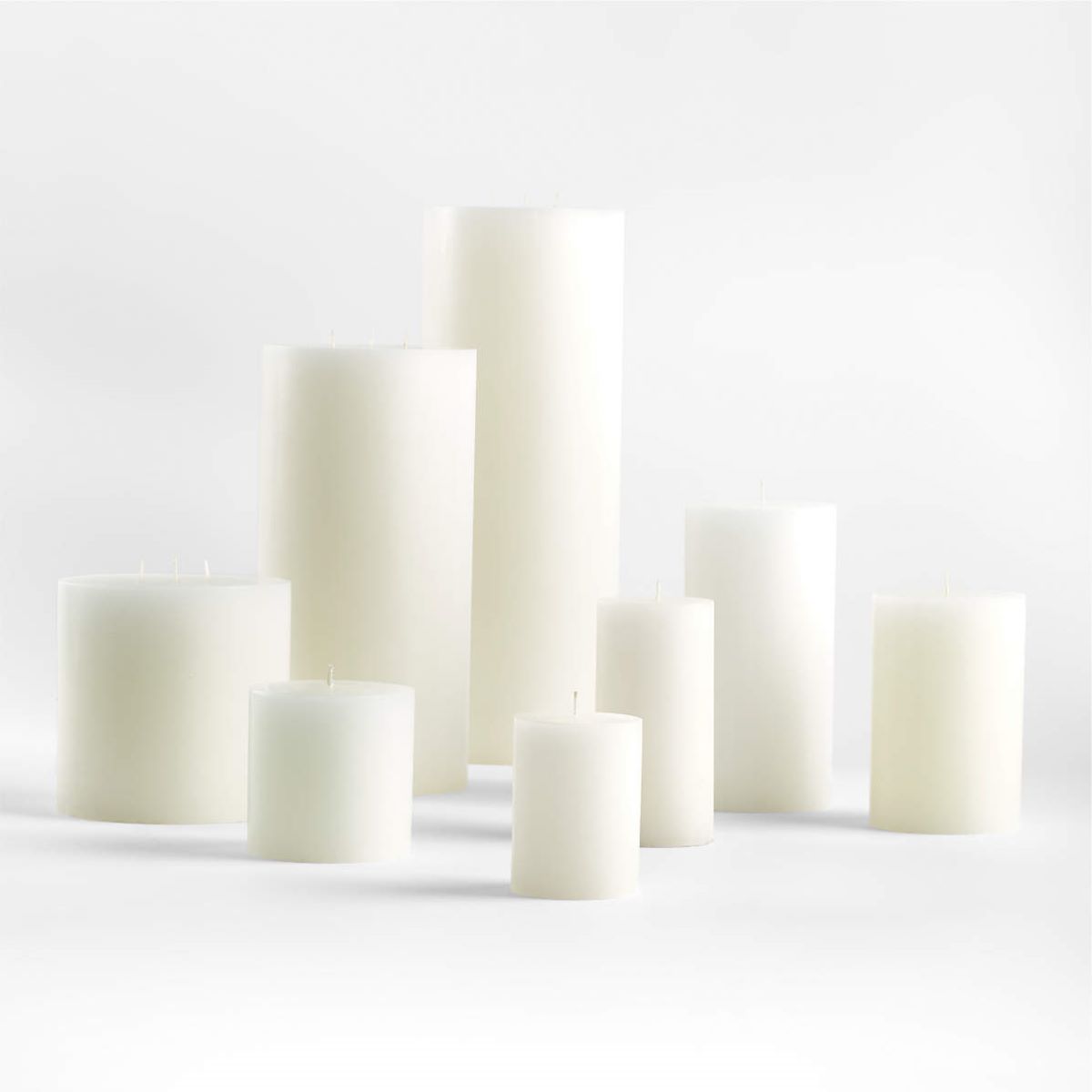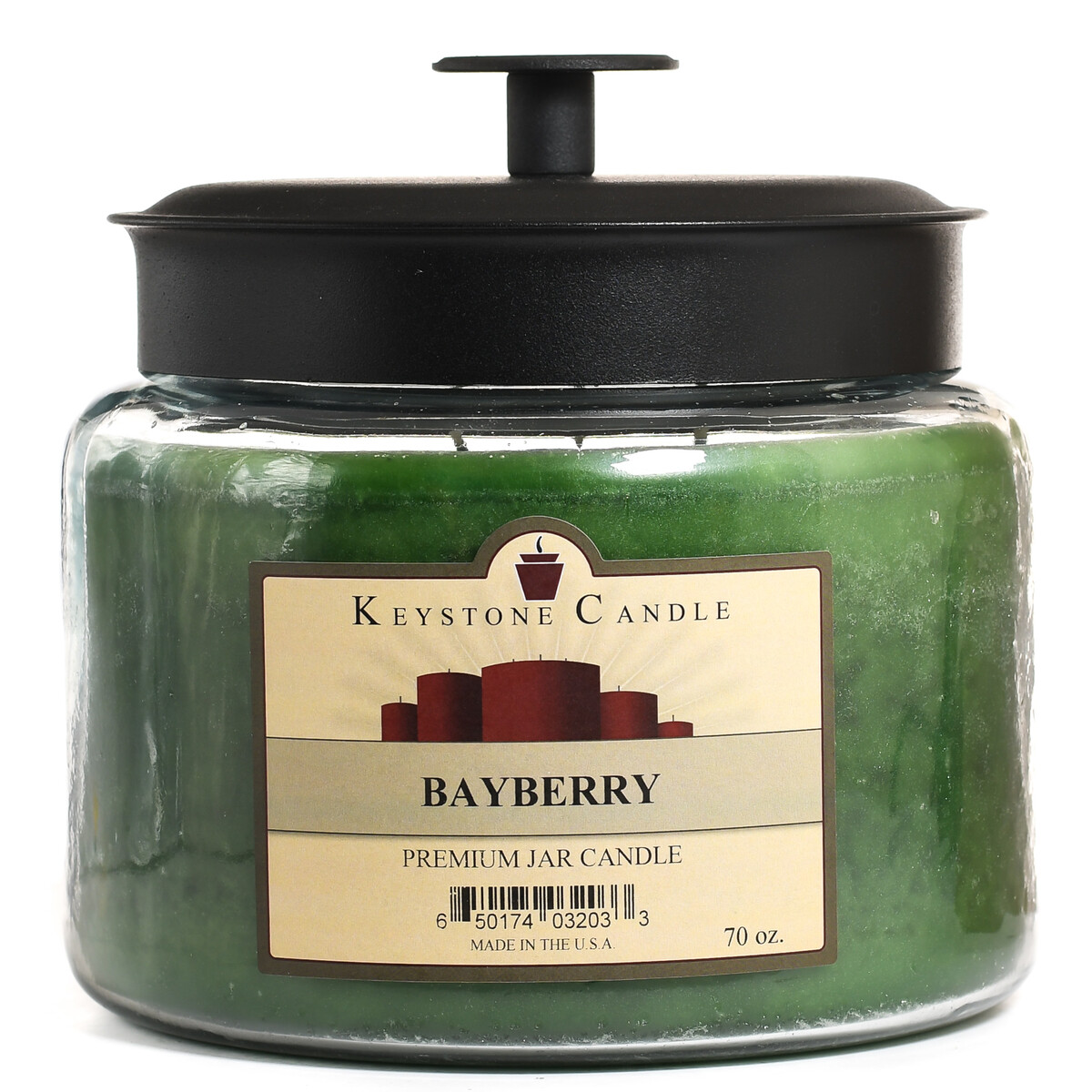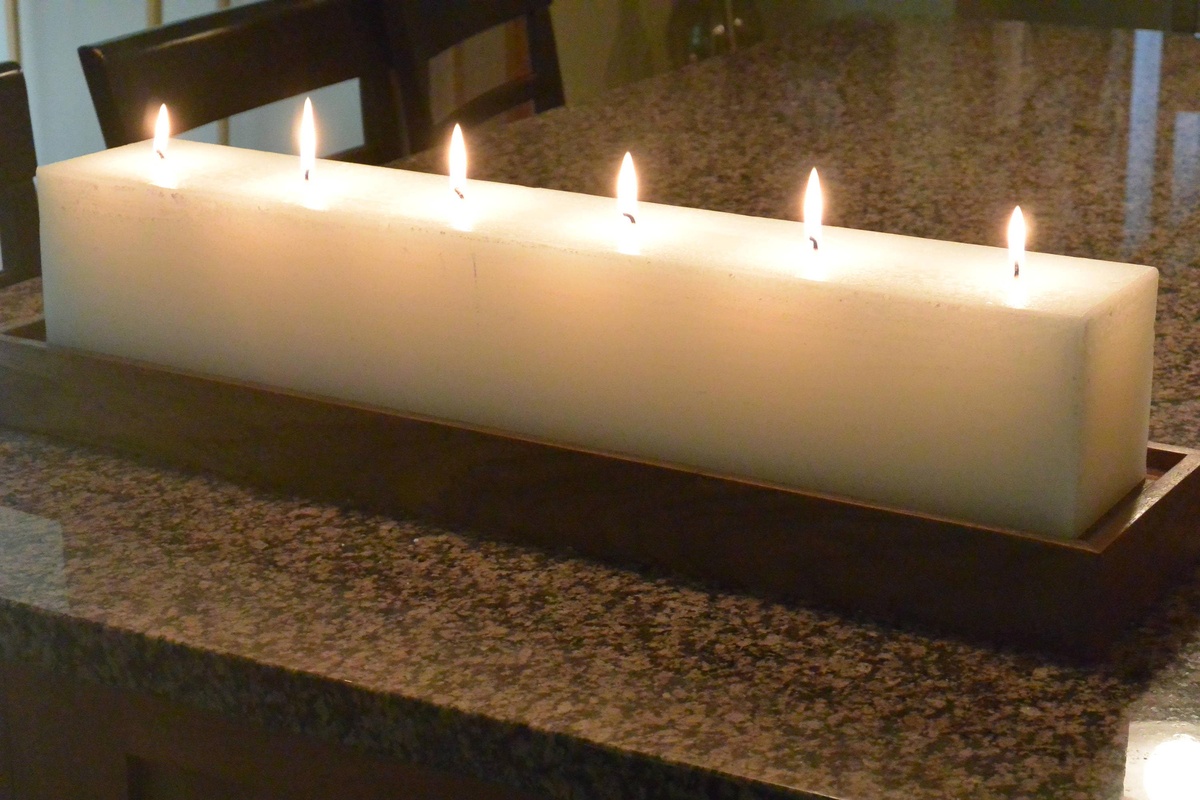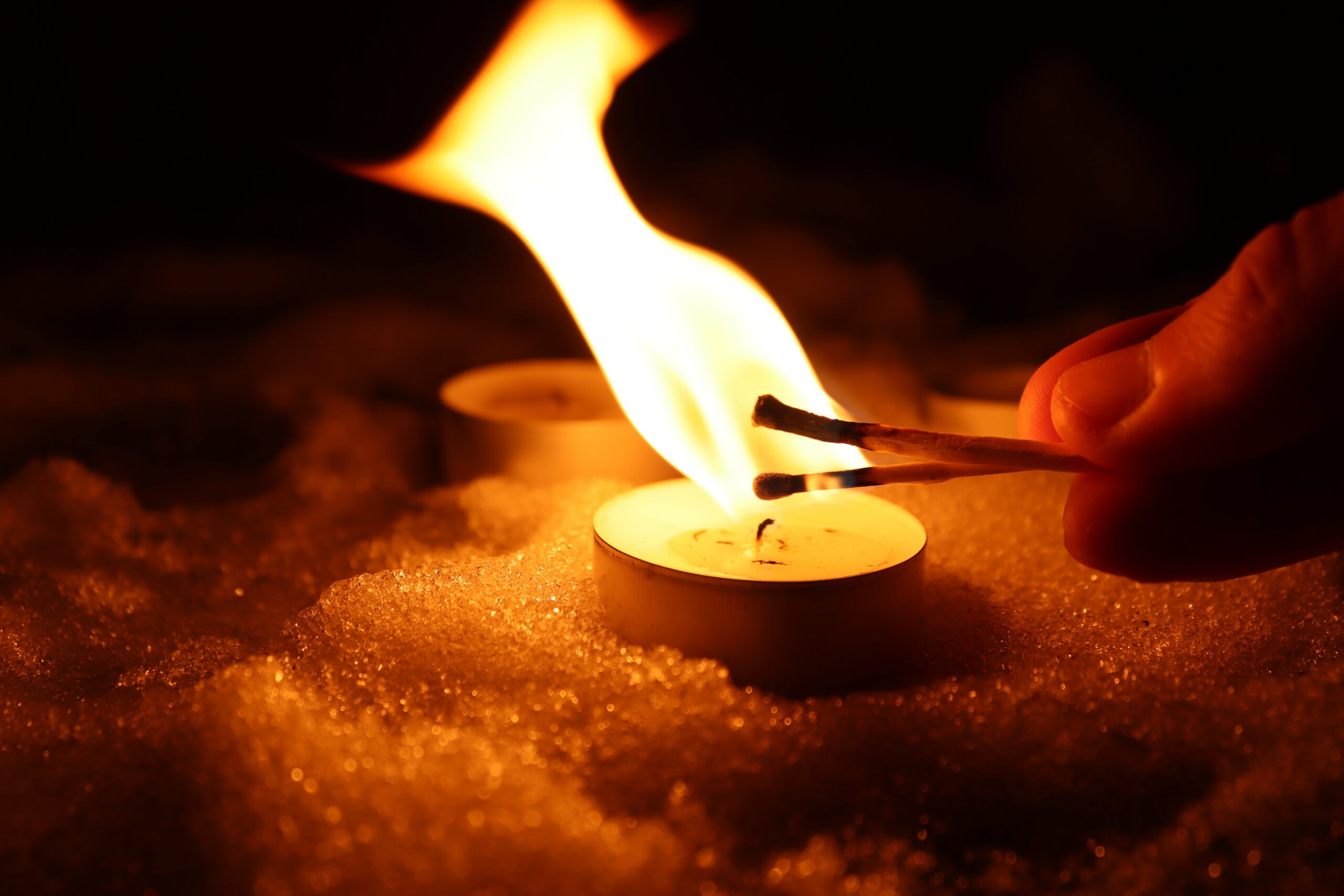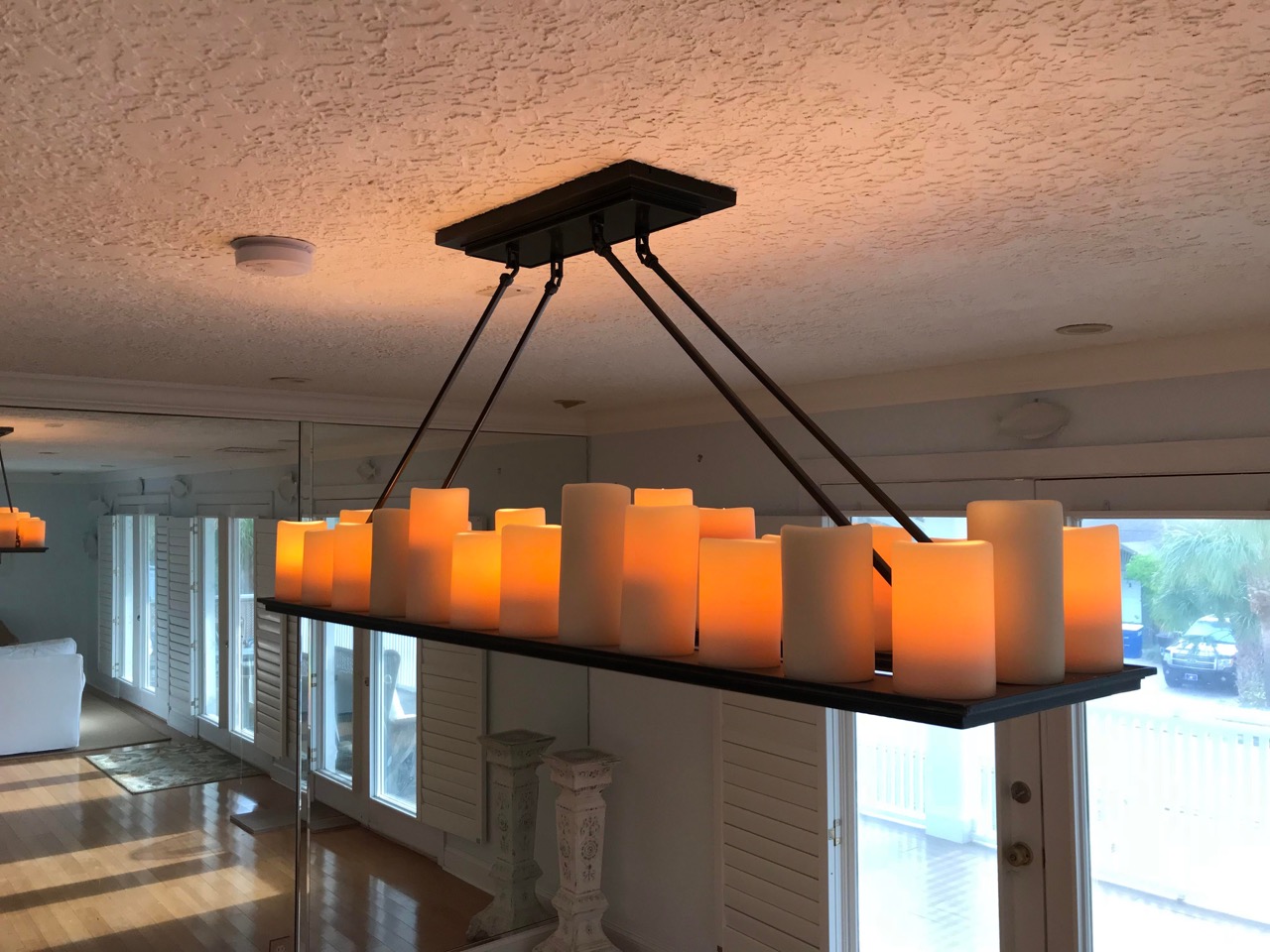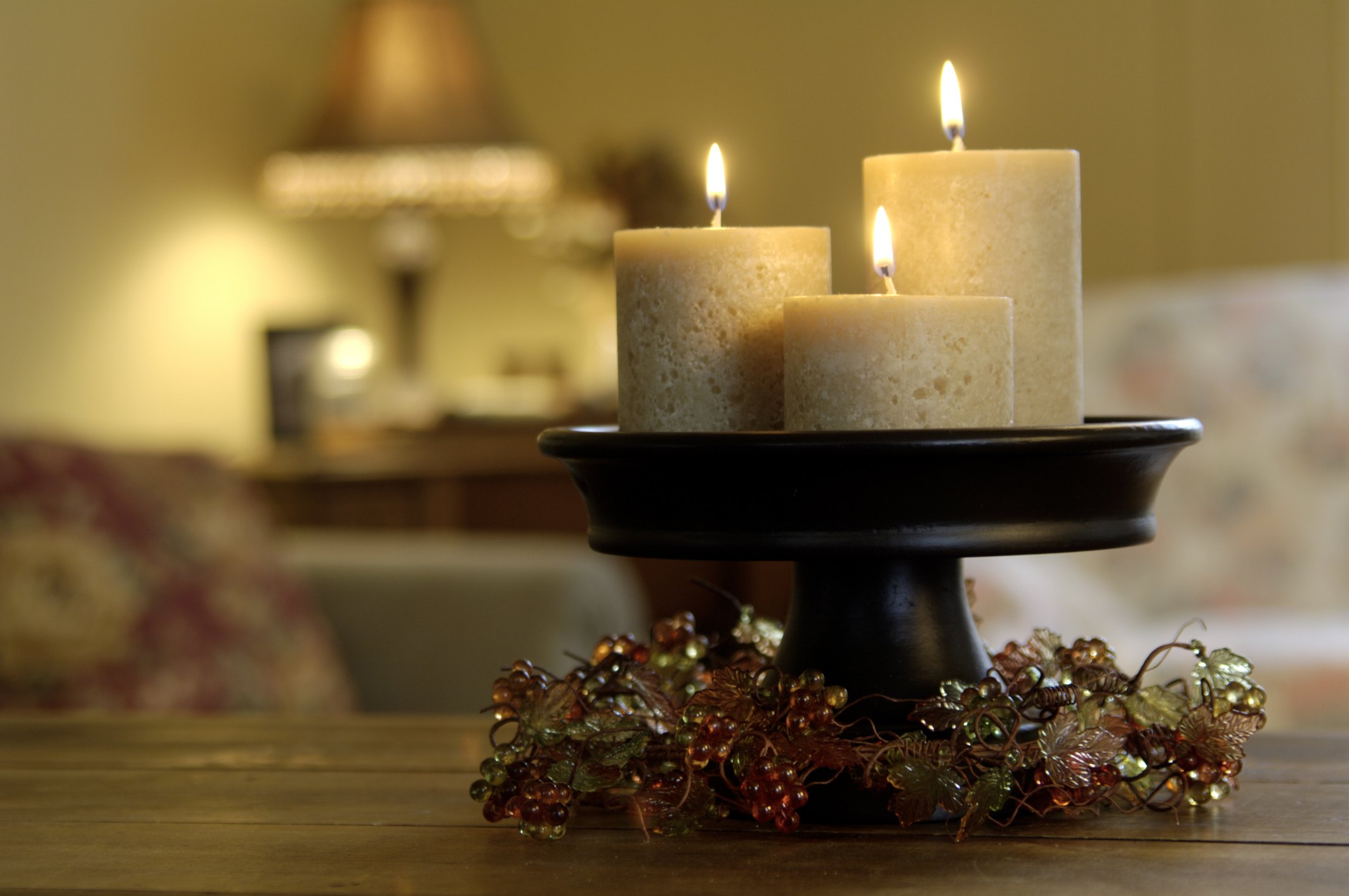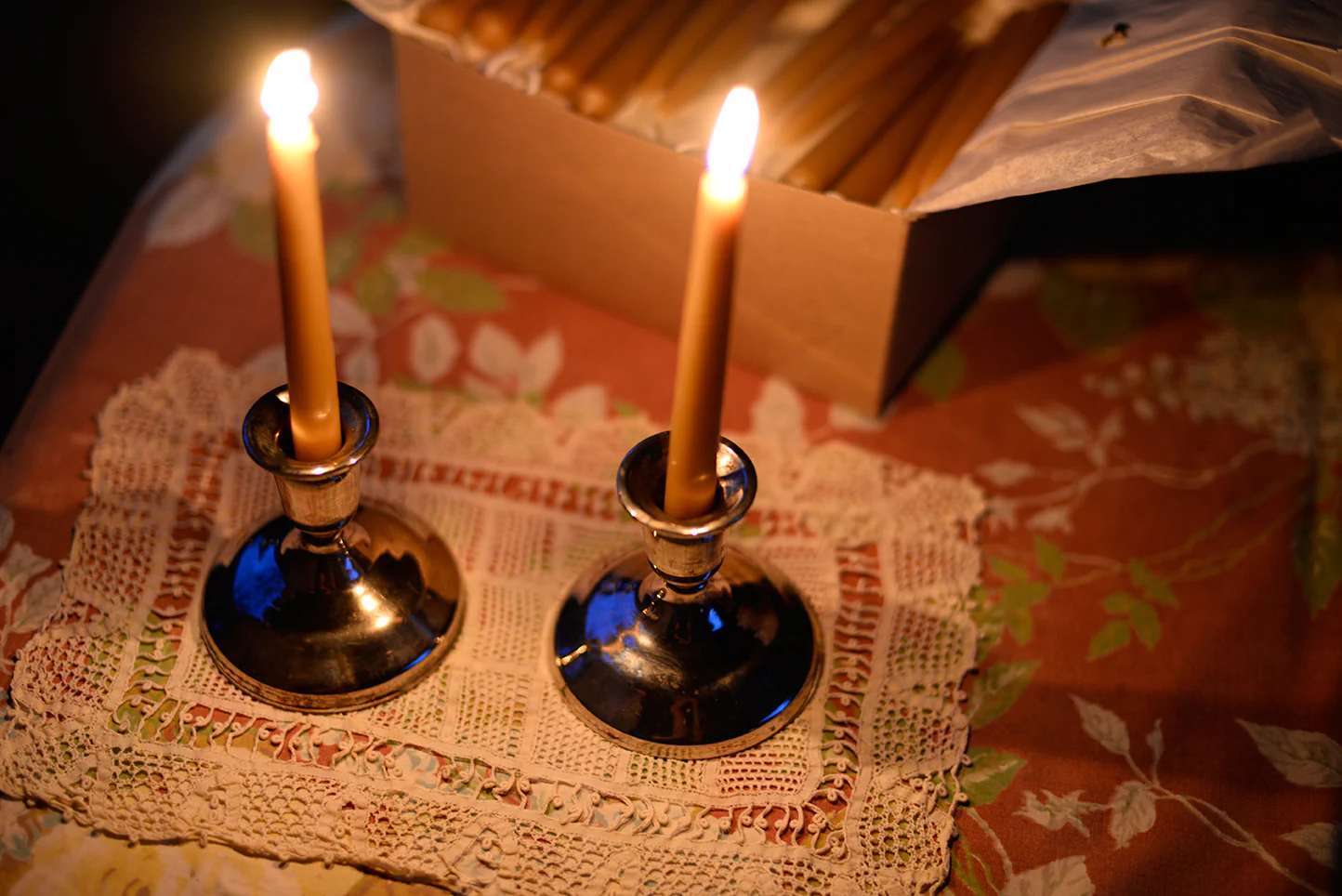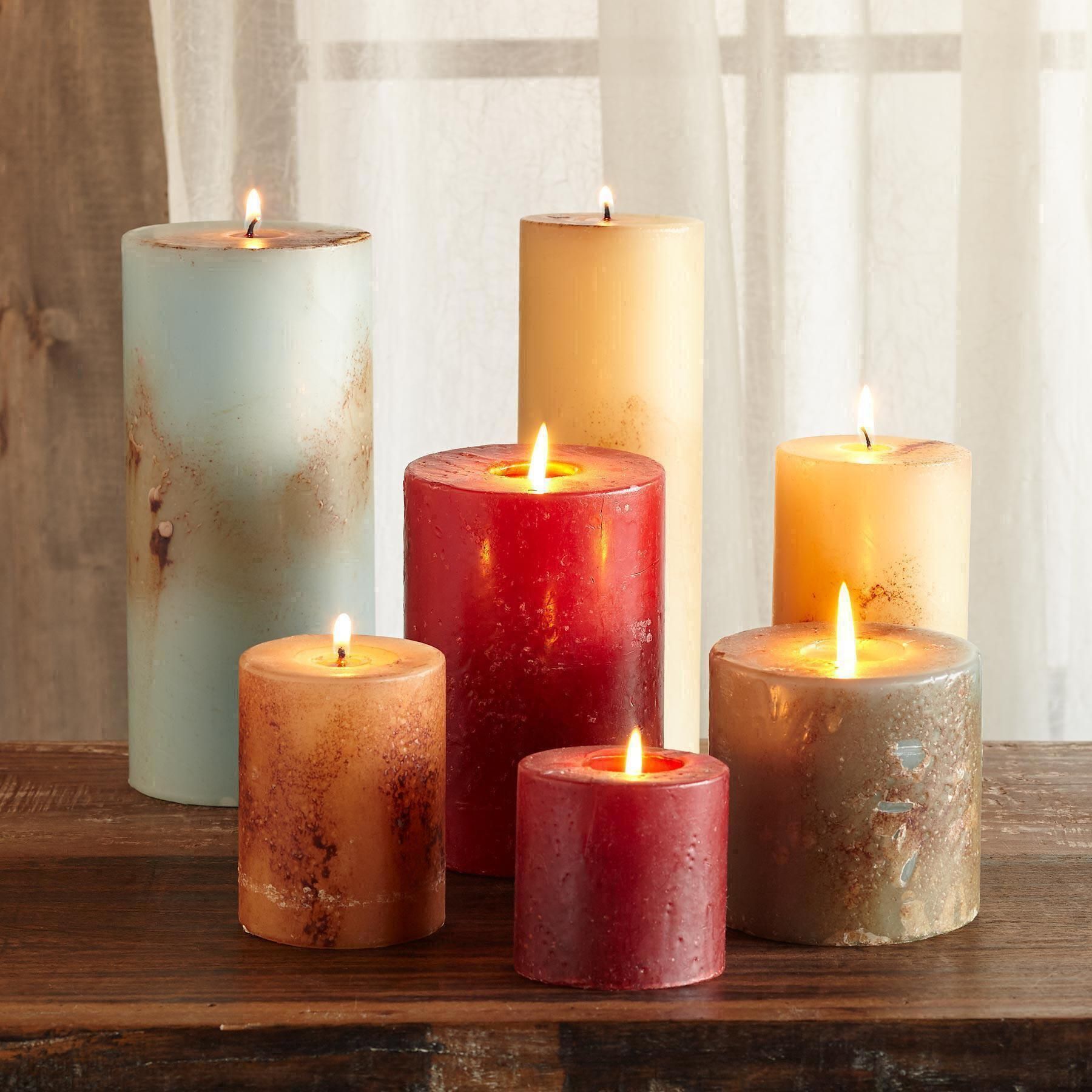

Articles
How Do Pillar Candles Burn
Modified: January 5, 2024
Discover how pillar candles burn and the science behind it in our informative articles.
(Many of the links in this article redirect to a specific reviewed product. Your purchase of these products through affiliate links helps to generate commission for Storables.com, at no extra cost. Learn more)
Introduction
Pillar candles are not just a source of soft, ambient lighting. They also hold a fascinating science behind their burning process. From the moment you light a pillar candle, a chain of reactions begins, resulting in the mesmerizing flickering flame that we all adore.
In this article, we will delve into the various components of pillar candles, understand the intricate process of how they burn, and explore the factors that affect their burn time and efficiency. Additionally, we will provide some essential safety tips to ensure a safe and enjoyable candle-burning experience.
So, let’s explore the hidden science behind the enchanting glow of pillar candles and uncover the magic that lies within every flicker of the flame.
Key Takeaways:
- Pillar candles involve a captivating interplay of wax, wick, and additives, creating a mesmerizing burning process. Understanding the science behind their glow enhances our appreciation of their beauty and warmth.
- Factors like wax type, wick size, and burning environment influence the burn time and efficiency of pillar candles. By considering these factors and following safety tips, we can maximize their soothing glow while ensuring a safe and enjoyable experience.
Read more: Why Do Candles Burn
Components of Pillar Candles
Pillar candles are typically made of three main components: wax, a wick, and additives or fragrances.
1. Wax: The wax used in pillar candles can vary, but commonly used types include paraffin wax, soy wax, and beeswax. Paraffin wax is highly popular due to its affordability, while soy wax is a more eco-friendly alternative. Beeswax, on the other hand, is known for its natural aroma and longer burn time.
2. Wick: The wick serves as the fuel delivery system for the candle flame. It is usually made of braided cotton or linen fibers, which are treated or coated to enhance the burn. The wick extends from the top to the bottom of the candle, allowing the flame to consume the wax as it burns.
3. Additives or Fragrances: Many pillar candles are infused with additives or fragrances to enhance the ambiance or create a specific atmosphere. These additives can include colorants, essential oils, or other aromatic compounds. These additions not only add aesthetic appeal but can also release captivating scents as the candle burns.
The combination of these components determines the quality, burning characteristics, and overall experience of the pillar candle.
Next, let’s uncover the fascinating burning process by which pillar candles create their beautiful glow.
The Burning Process
The burning of a pillar candle involves a complex series of chemical reactions and physical changes. It begins with the ignition of the wick and progresses through several stages as the flame consumes the wax.
When the wick is lit, the heat of the flame melts a small portion of the surrounding wax, creating a pool of liquid wax around the base of the wick. This area, known as the “melt pool,” serves as the primary fuel source for the flame.
As the flame continues to burn, the heat from the flame vaporizes the liquid wax in the melt pool. This creates a mixture of gaseous hydrocarbon molecules, which rise above the pool and mix with the surrounding air.
At this stage, the gaseous hydrocarbons undergo a process known as combustion. Combustion occurs when oxygen from the air reacts with the hydrocarbon molecules in the presence of heat, producing light, heat, water vapor, carbon dioxide, and other byproducts.
The flame, fueled by the vaporized wax, emits light and heat, creating the soothing glow and warmth we associate with pillar candles. The size and brightness of the flame depend on various factors, including the composition of the wax, the size of the wick, and the available oxygen supply.
As the candle continues to burn, the wax in the surrounding area of the melt pool is gradually consumed. This process repeats itself as the flame gradually burns its way down the length of the wick and continues to melt and vaporize more wax.
Understanding the burning process of pillar candles allows us to appreciate the intricacy and beauty behind every flame. However, there are various factors that can influence the burn characteristics of a pillar candle, affecting its burn time and overall efficiency.
In the next section, we will explore these factors in more detail.
Wax Melting and Vaporization
When a pillar candle is ignited, the heat from the flame begins to melt the wax surrounding the wick. The wax used in pillar candles has a relatively low melting point, typically ranging from 120 to 160 degrees Fahrenheit (49 to 71 degrees Celsius).
As the surrounding wax melts, it forms a pool of liquid wax known as the melt pool. The size and depth of the melt pool depend on several factors, including the diameter of the candle and the heat generated by the flame.
Once the wax is melted, the heat from the flame causes the liquid wax to vaporize. This vaporization process involves the transformation of the liquid wax into a gaseous state, where the wax molecules break apart and become airborne.
The rate at which the wax vaporizes depends on several factors, including the heat generated by the flame, the type of wax used, and the ambient temperature. The vaporized wax creates a mixture of gaseous hydrocarbon molecules, which are responsible for fueling the flame and sustaining the burning process.
It’s important to note that not all the wax in the melt pool evaporates or burns. Some of the wax may remain as a liquid or solid residue as the candle burns down. This is why you may notice a small well or depression forming in the center of the candle as it burns.
The wax melting and vaporization process is a crucial step in the burning of pillar candles. The ability of the wax to melt and vaporize efficiently affects the burn time, quality of the flame, and overall performance of the candle.
In the next section, we will explore the development of the flame and the combustion process that takes place during the burning of a pillar candle.
Flame Development and Combustion
As the wax vaporizes and mixes with the surrounding air, it creates a flammable fuel-air mixture. When this mixture comes into contact with the heat source, such as the flame of a pillar candle, it undergoes combustion, resulting in the dazzling flame we see.
Combustion is a chemical reaction between hydrocarbon molecules in the vaporized wax and oxygen in the air. In the presence of heat, the hydrocarbon molecules break apart and combine with oxygen to produce carbon dioxide, water vapor, heat, and light.
The flame of a pillar candle consists of different regions, each with its own distinct characteristics:
- Outer Cone: The outermost section of the flame that appears pale or nearly colorless. This region contains a mixture of unburned hydrocarbon gases that have not yet reacted with oxygen.
- Inner Cone: The brighter, blue-colored region just inside the outer cone. This area is where the majority of combustion takes place, with the hydrocarbon molecules reacting with oxygen to produce heat and light.
- Dark Zone: Located at the base of the flame, this region has limited access to oxygen, resulting in incomplete combustion. It may appear smoky or contain carbon particles.
The size, shape, and characteristics of the flame depend on various factors, including the concentration of fuel vapor, the availability of oxygen, and the ambient conditions. A properly burning pillar candle should have a steady flame with a clean, bright inner cone and minimal smoke.
It’s important to note that an improper ratio of fuel vapor to oxygen can cause the flame to become unstable or create excessive smoke. This can be mitigated by ensuring proper airflow around the candle and trimming the wick to an appropriate length.
Understanding the flame development and combustion process provides insight into the factors that influence the burn characteristics and performance of a pillar candle. In the next section, we will explore these factors in more detail.
Trim the wick of your pillar candle to 1/4 inch before lighting to ensure a clean and even burn. This will also help prevent excessive smoking and soot buildup.
Read more: How Long Do Candles Burn
Factors Affecting Pillar Candle Burn
The burn characteristics of a pillar candle can be influenced by several factors, ranging from its composition to external variables. Understanding these factors can help optimize the burn time, efficiency, and overall performance of the candle.
- Wax Type: The type of wax used in the pillar candle plays a significant role in its burn characteristics. Different waxes have varying melting points, burn rates, and fragrance-holding capacities. Paraffin wax, soy wax, and beeswax are commonly used options, each with its own set of attributes.
- Wick Size and Composition: The size and composition of the wick impact the rate at which the wax is consumed and the flame’s stability. A wick that is too small may lead to a weak flame, while a wick that is too large can cause excessive smoke or dripping. The material of the wick, such as cotton or linen, can also affect the burn characteristics.
- Candle Size and Shape: The size and shape of the pillar candle can influence the burn performance. A larger candle will generally have a longer burn time, while a smaller candle may burn more quickly. The diameter and height of the candle also affect the heat distribution and the size of the melt pool.
- Airflow: Proper airflow around the candle is crucial for efficient burning. Adequate oxygen supply helps promote complete combustion and a steady flame. Ensure that the candle is placed in a well-ventilated area, away from drafts or obstructions that may impede airflow.
- Burning Environment: The environment in which the candle is burned can impact its performance. Factors such as temperature, humidity, and altitude can affect the rate of wax melting and the behavior of the flame.
- Candle Care: Proper candle care practices can optimize the burn of a pillar candle. Trim the wick to about ¼ inch (0.6 cm) before each use to prevent excessive flame size and smoking. Keep the candle free of debris or any foreign material that may interfere with the flame.
By considering these factors and taking appropriate measures, you can enhance the burn time, efficiency, and overall enjoyment of your pillar candles.
Next, let’s explore the concept of burn time and efficiency in pillar candles.
Candle Burn Time and Efficiency
The burn time of a pillar candle refers to the duration for which the candle can continuously burn before it is completely consumed. Several factors can influence the burn time and efficiency of a candle, including its size, wax type, wick size, and burning conditions.
One of the primary factors impacting burn time is the size of the candle. Larger pillar candles generally have a longer burn time compared to their smaller counterparts. This is because they contain a larger volume of wax, which provides a greater fuel source for the flame. However, the diameter and height of the candle can also affect how efficiently the wax is consumed.
The type of wax used can also impact burn time and efficiency. Beeswax candles, for example, are known for their longer burn times compared to paraffin or soy-based candles. Beeswax has a higher melting point and denser composition, allowing it to burn more slowly and efficiently.
Additionally, the size and composition of the wick play a significant role in the burn time and efficiency of a pillar candle. A properly sized wick helps maintain a steady flame, preventing the candle from burning too quickly or producing excessive smoke. A wick that is too small may result in an incomplete burn, while a wick that is too large can cause the candle to burn too quickly and waste wax.
Burning conditions can also impact the burn time and efficiency of a pillar candle. A well-ventilated area with proper airflow allows for better oxygen supply to the flame, promoting complete combustion and a longer burn time. Avoiding drafts and keeping the candle away from air conditioning vents or fans can help maintain a more consistent burn.
To optimize the burn time and efficiency of your pillar candles, here are a few tips:
- Choose a larger candle size for longer burn times, but keep in mind the impact of the diameter and height on wax consumption.
- Select candles made from denser materials like beeswax for longer and more efficient burns.
- Ensure the wick is appropriately sized and centered to maintain a steady flame.
- Place the candle in a well-ventilated area, away from drafts or air currents.
- Trim the wick before each use to prevent excessive smoking and ensure optimal burn performance.
By taking these factors into consideration and following these guidelines, you can maximize the burn time and efficiency of your pillar candles, allowing you to enjoy their warm glow for longer periods.
Next, let’s explore some essential safety tips for burning pillar candles.
Safety Tips for Burning Pillar Candles
While pillar candles can create a beautiful ambiance, it’s important to prioritize safety when burning them. By following these safety tips, you can ensure a safe and enjoyable candle-burning experience:
- Never leave a burning candle unattended: Always extinguish the candle before leaving the room or going to sleep. Unattended candles can pose a fire hazard.
- Place candles on a stable and heat-resistant surface: Use a candle holder or a heat-resistant plate to prevent the candle from tipping over or damaging surfaces.
- Keep candles away from flammable materials: Ensure that there are no flammable items, such as curtains, papers, or fabrics, in close proximity to the burning candle.
- Keep candles out of the reach of children and pets: Place candles in areas where children and pets cannot reach them to prevent accidental burns or injuries.
- Trim the wick to ¼ inch (0.6 cm) before each use: A long wick can lead to a larger flame, increased smoke, and potential dripping of hot wax.
- Avoid burning candles near drafts or air currents: Moving air can cause uneven burning and may increase the risk of accidents.
- Allow the candle to cool before handling: After extinguishing the flame, allow the candle to cool completely before moving it or disposing of any remaining wax.
- Use candle snuffers or a metal spoon to extinguish the flame: Avoid blowing out the candle, as this can cause hot wax or embers to splatter.
- Store candles in a cool and dry place: Exposure to extreme heat or high humidity can alter the candle’s composition and affect its burning characteristics.
- Read and follow candle manufacturer instructions: Each candle may have specific guidelines for safe usage. Familiarize yourself with these instructions before lighting the candle.
By implementing these safety measures, you can enjoy the gentle glow and calming ambiance of your pillar candles while minimizing the risk of accidents or injuries.
Now, let’s recap what we’ve covered in this article.
Conclusion
Pillar candles are more than just decorative accessories; they provide a fascinating glimpse into the world of science and chemistry. The process of burning a pillar candle involves the careful balance of wax melting, vaporization, flame development, and combustion. Understanding these processes enables us to appreciate the mesmerizing glow and warmth that pillar candles offer.
We explored the various components that make up pillar candles, including the wax, wick, and additives or fragrances. These components play a crucial role in determining the quality and performance of the candle.
Furthermore, we delved into the burning process itself, understanding how the wax melts and vaporizes, giving rise to the beautiful flame we see. The flame development and combustion stages revealed the different regions of the flame and the chemical reactions underlying the burning process.
We also discussed the factors that can affect the burn of pillar candles, such as the wax type, wick size, candle size and shape, airflow, and burning environment. Considering these factors and following the recommended safety tips ensure a more efficient and longer-lasting candle burn, while prioritizing safety.
Pillar candles bring warmth, comfort, and ambiance into our lives. By appreciating the science behind their burning process and understanding how to optimize their burn time and efficiency, we can create an environment of tranquility and serenity.
So, the next time you light a pillar candle, take a moment to appreciate the beauty and wonder it holds within. Allow its flickering flame to transport you to a realm of relaxation and peace.
Frequently Asked Questions about How Do Pillar Candles Burn
Was this page helpful?
At Storables.com, we guarantee accurate and reliable information. Our content, validated by Expert Board Contributors, is crafted following stringent Editorial Policies. We're committed to providing you with well-researched, expert-backed insights for all your informational needs.
